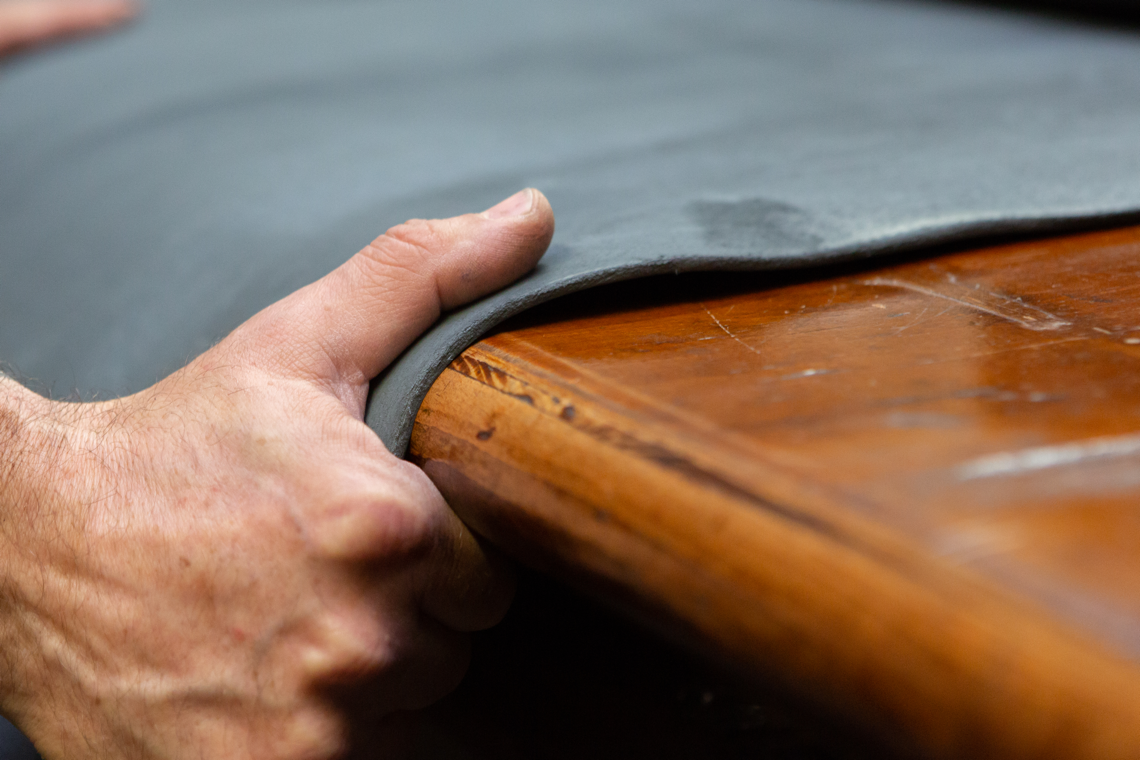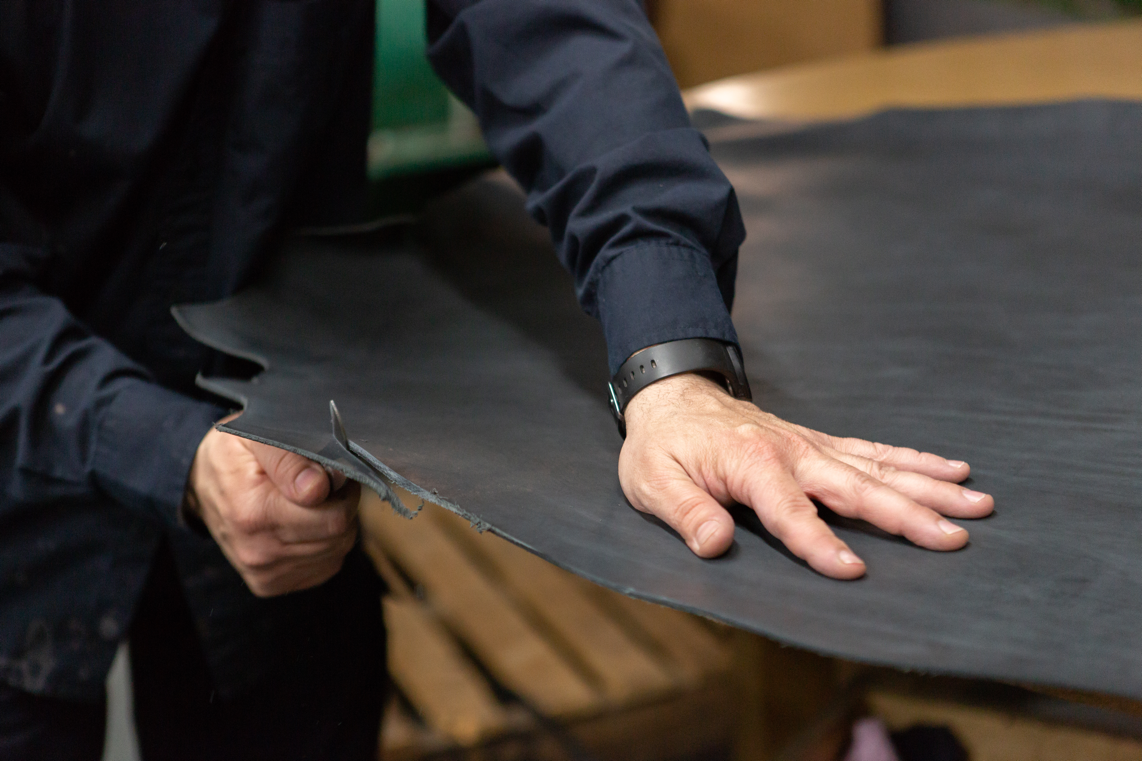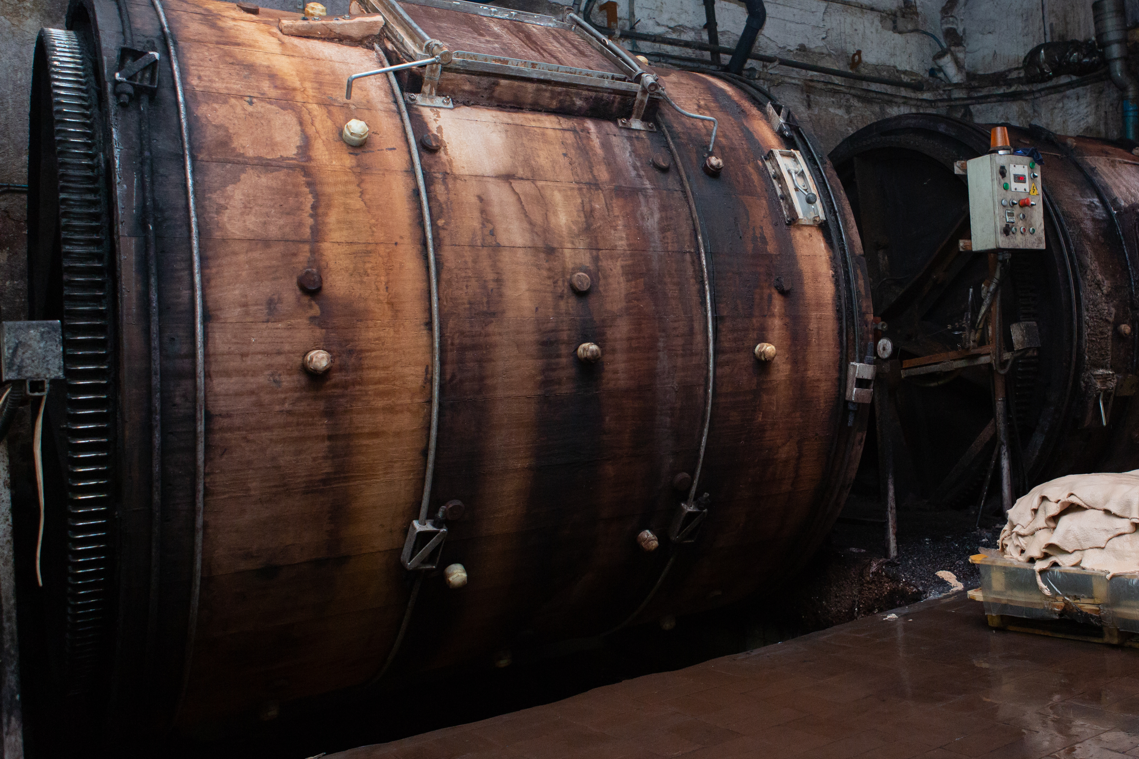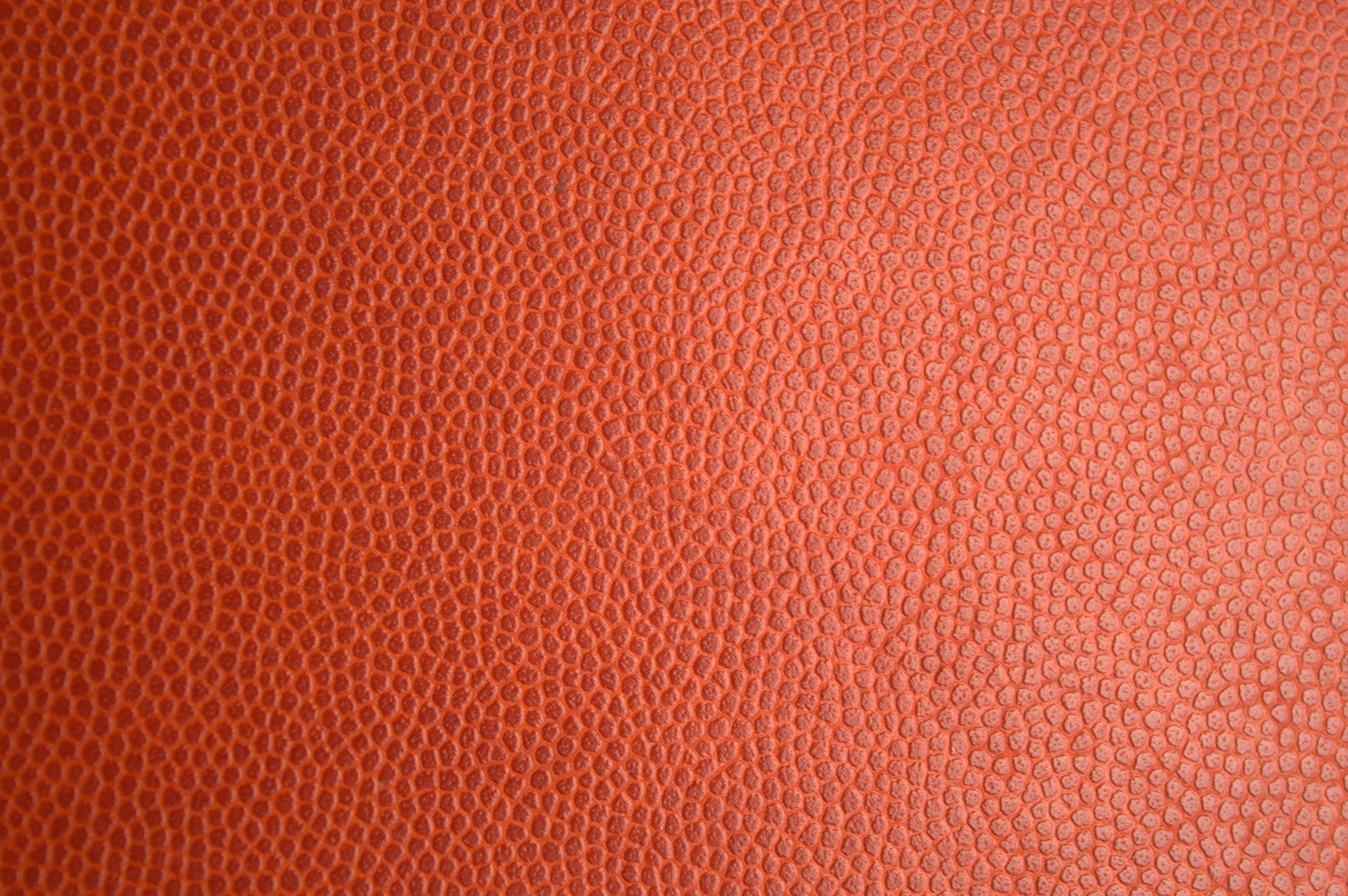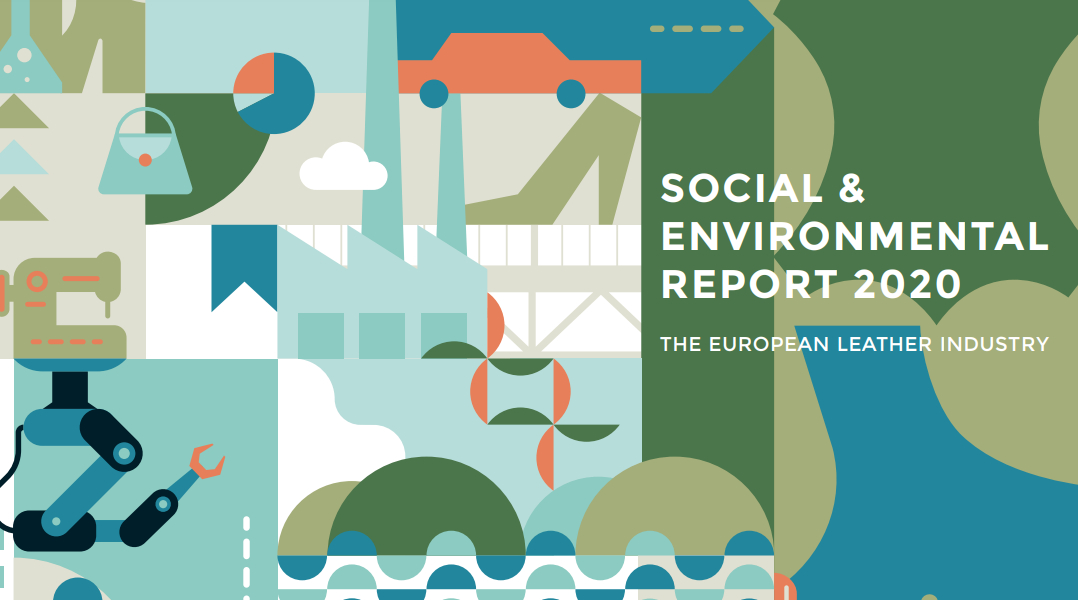Content posted by: Lederpiel
A great way to promote the sustainable use of leather, after its useful life, would be to use it for composting and its subsequent use as fertilizer for plants, once it has been reduced to mineralized organic matter.
This requires the development, in addition to more sustainable and chromium-free leathers, of methodologies and standards that allow a clear and precise assessment of the potential of these materials to be used for composting purposes. Currently there is no procedure or standard to evaluate leather as a possible candidate for composting processing, which does exist, for example, for the plastics sector.
For this reason, the Spanish footwear technology center, Inescop, within the framework of the BIOREQ Project, financed by the Ivace and the Feder Funds, is working on a test methodology that allows establishing the necessary requirements to validate leather as a compostable material.
Consequently, the BIOREQ Project will contribute to promoting the leather sector, facilitating its revaluation at the end of its useful life, also contributing to the UN Sustainable Development Goals (SDG), mainly in the Innovative Industry Category (SDG 9) and Responsible Production (SDG 12).
You can read the original information HERE.



